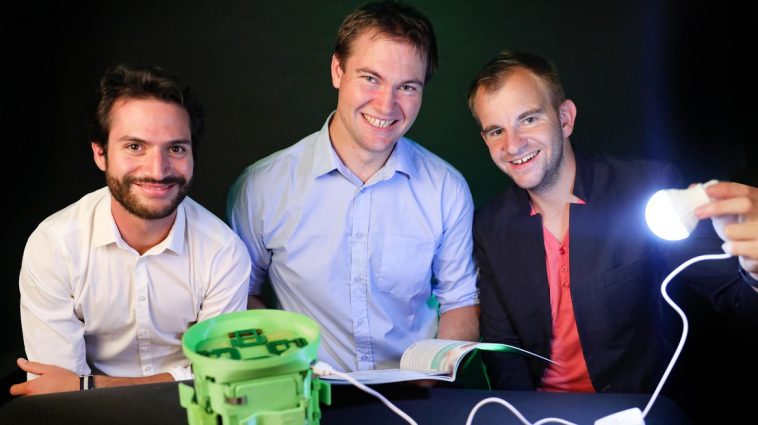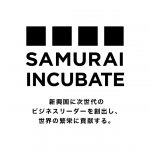TechInAfrica — More than a billion people globally live without electricity. The problem is especially acute in rural areas of Sub-Saharan Africa, where many families spend their evenings in darkness and most cell phone owners are unable to charge their device at home. However, EPFL startup, hiLyte has found the solution to this problem.
The startup developed a green battery that enables people in Sub-Saharan Africa to light their homes and charge their cell phones. The technology is currently being tested by families in Tanzania.
Founded by two EPFL’s School of Engineering (STI) graduates, hiLyte has developed a clean, affordable battery using iron, water, coffee filters and carbon felt. With a single charge, the battery can power an LED bulb for five hours or charge a cell phone. Once used, the liquid inside can be safely released into the environment.
local staff manufacture and distribute a dozen prototypes through a local branch and currently being tested in families. “Our technology has the potential to change people’s everyday lives,” Briac Barthes, co-founder of the company said.
“For one of the pilot families, the battery allowed their daughter to study in the evening. Having light can also transform the way people interact, bringing socialization opportunities for isolated and vulnerable families.”
Nowadays, people living in rural parts of Tanzania use kerosene lamps to light up their homes when it gets dark. However, kerosene is an expensive and highly flammable fuel that emits harmful soot particles when burned. “Breathing kerosene smoke in a confined space for five hours is as bad for your lungs as smoking two packs of cigarettes,” Barthes explained.
The new reusable, four-compartment battery solves most of these problems. To generate power when needed, the user simply has to reload the unit with consumables. First, sheets of iron foil, coffee-filter paper and carbon felt are inserted through the four doors.
Next, the user pours a solution of water and iron sulfate powder inside the battery. As the liquid soaks into the carbon filter, it slowly dissolves the iron foil. This process releases electrons, thereby generating electricity. Users can then harness this power by connecting a lamp or cell phone to the battery’s built-in USB port.
The reaction produces iron 2 sulfates, a harmless liquid widely used as an agricultural fertilizer.
The battery costs around half as much as a kerosene lamp. The unit itself retails for 12 dollars, while the consumables cost just 12 cents per recharge
Currently, the company is focusing on Tanzania while also planning to expand into other markets in the future.
Source: sciencebusiness.net
 We just launched our WhatsApp channel. Want to get the latest news from the Tech in Africa?
We just launched our WhatsApp channel. Want to get the latest news from the Tech in Africa?


